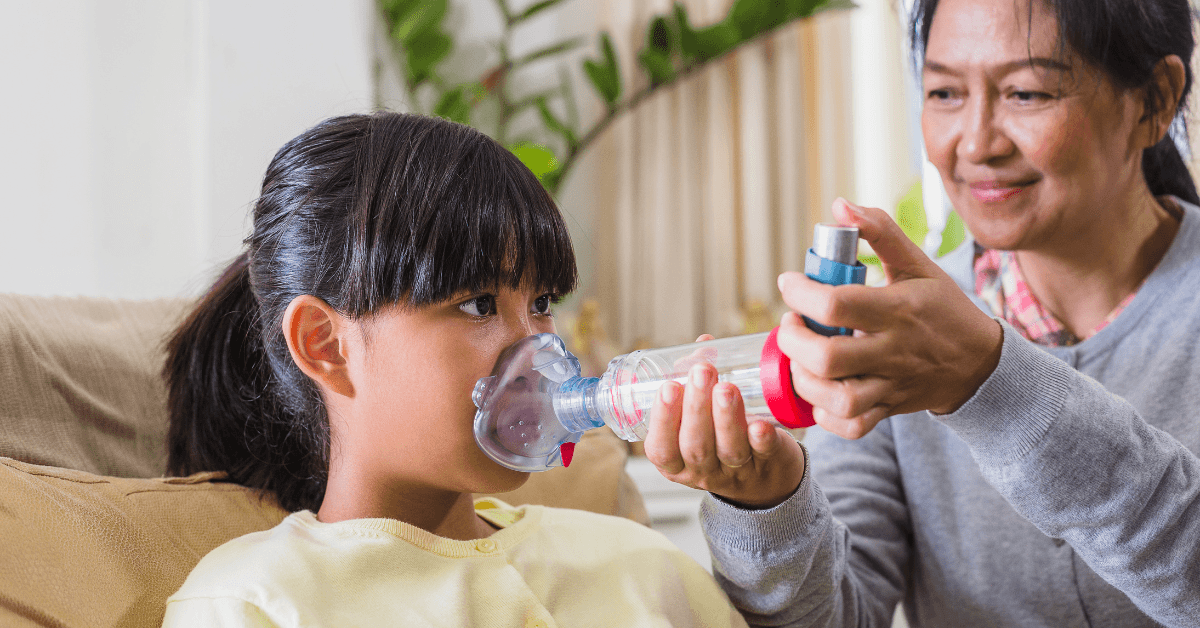

Share
9th February 2024
10:24am GMT

While it is a very common condition that doesn't make it any less scary for parents who suspect their little ones might have it.
Thankfully the disease is very manageable through the use of inhalers and other treatments once diagnosed but what are the signs and symptoms to look out for?

While it varies from person to person some general things to look out for include a wheeze, which may sound like a high-pitched whistle and you will likely be able to hear it when your child breathes out.
Typically it will be at its worst in the morning and at night when the air is cooler or after exercise. Similarly, your little one may have a persistent cough, possibly at night, often disturbing their sleep or making them restless.
This could result in them becoming disinterested in playing or even becoming irritable due to tiredness.
"They get a chest tightness and some of the young children can’t quite describe that symptom so they just stop; they won’t participate in sport," explains Dr Dermot Nolan, an asthma specialist and general practitioner said to The Irish Times.
"That can have a real impact on their socialisation."
They may also complain of pain in their chest or tummy or struggle with catching their breath. Your child may present with all, none or some of these symptoms but if they suddenly get worse this could be an asthma attack.

In most cases an asthma attack will build up slowly, taking a couple of days to become serious, though some children may be prone to sudden and unexpected attacks.
This can result in them struggling to speak, their lips turning blue, coughing and wheezing, rapid breathing and a feeling of being drowsy or dizzy.
If this happens, it's important not to panic and stress your little one out - making breathing harder - but there are things you can do to help relieve their symptoms according to the HSE.
They recommend that you sit your child up straight and ask them to take slow breaths as you cover their nose and mouth with their Aero-chamber and administer their inhaler.
The HSE recommends that you give them a puff of their inhaler every minute. Children under the age of six can have six puffs in a 10-minute period while children over the age of 6 can take 10 puffs over 10 minutes.

Thankfully, there are new treatments in the works according to Dr. Nolan, like house dust mite desensitisation.
"We put a tiny bit of house dust mite under your tongue to try to desensitise you. That is beginning to gain a bit of popularity on the continent as well as here," he explained.
Dust mites are a common trigger for asthma attacks so if a tolerance is built over time it should reduce your sensitivity and therefore the risk of an attack.